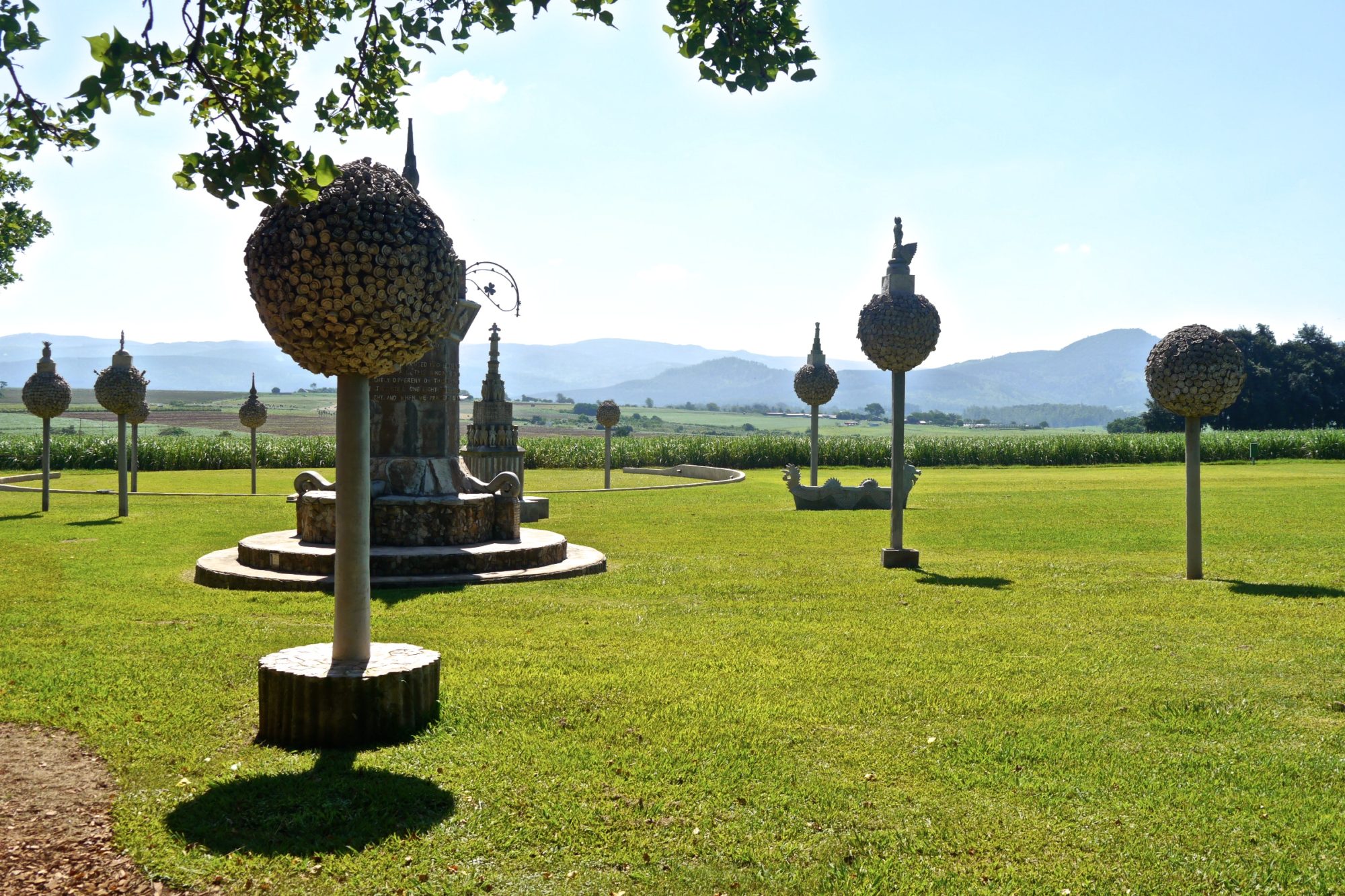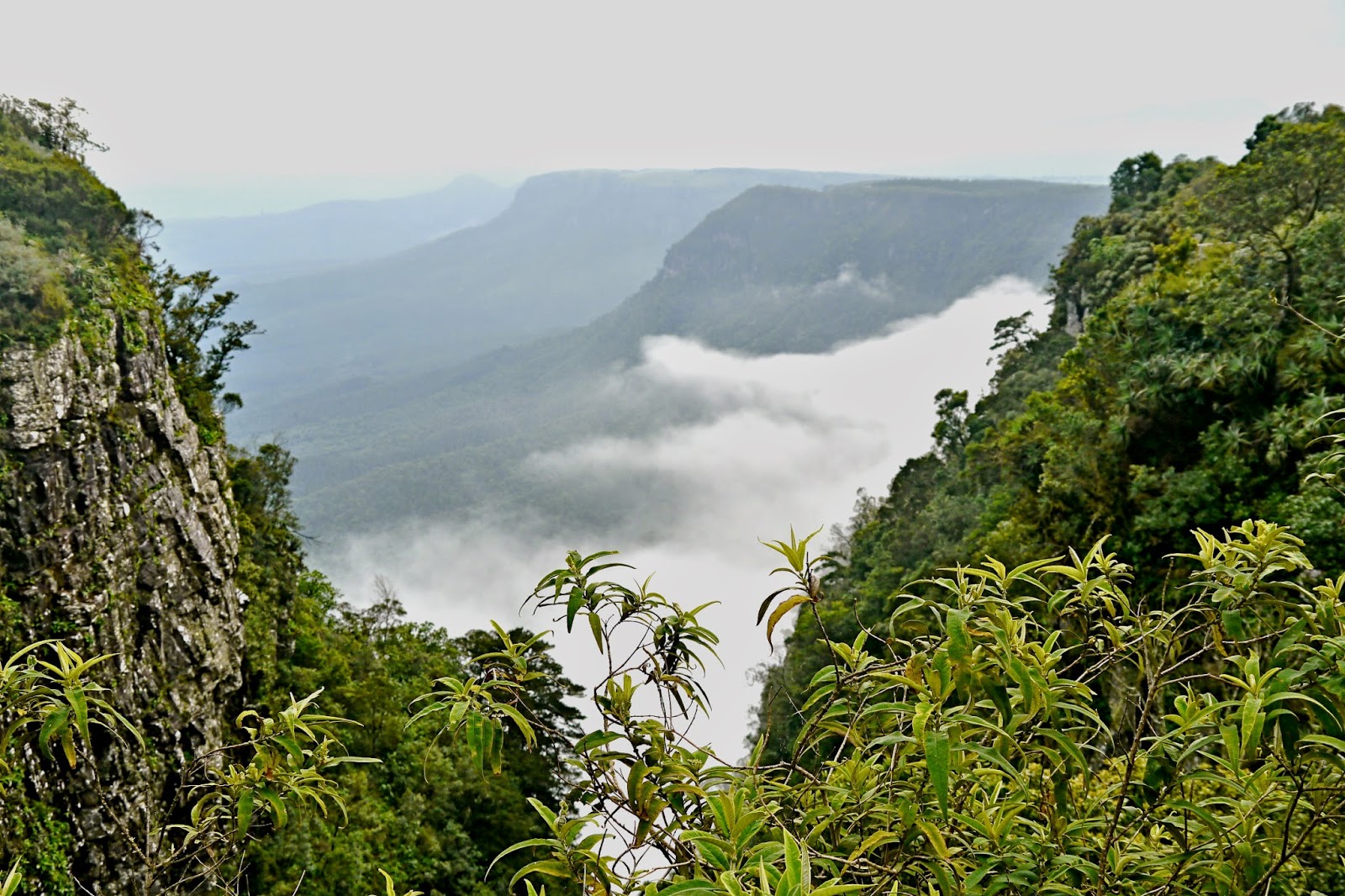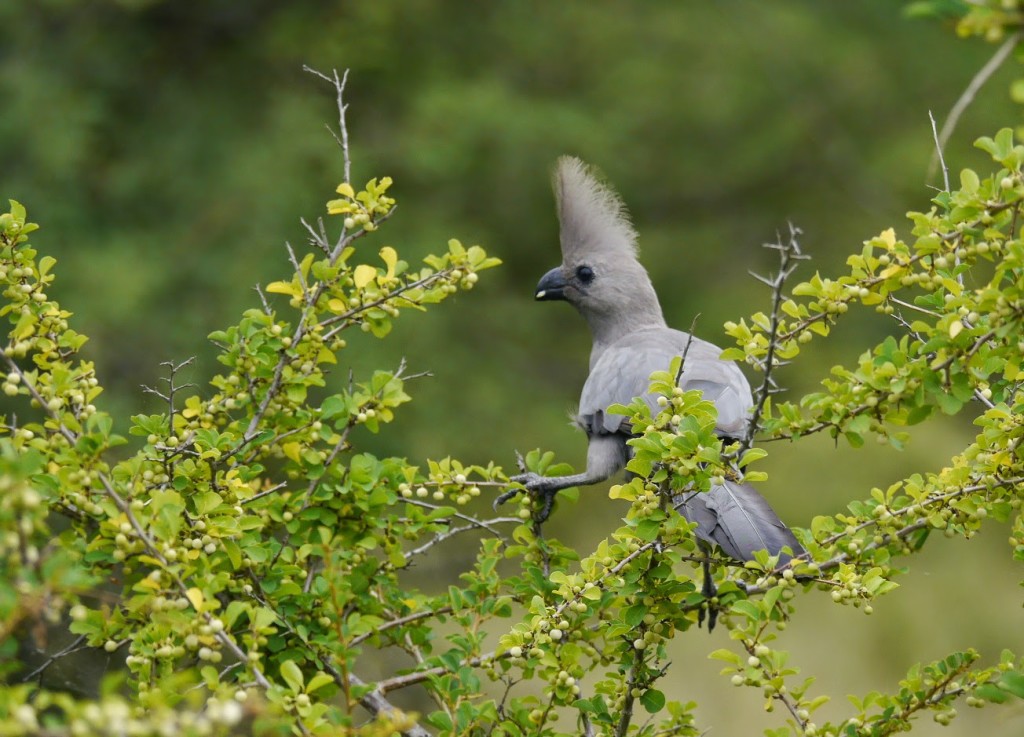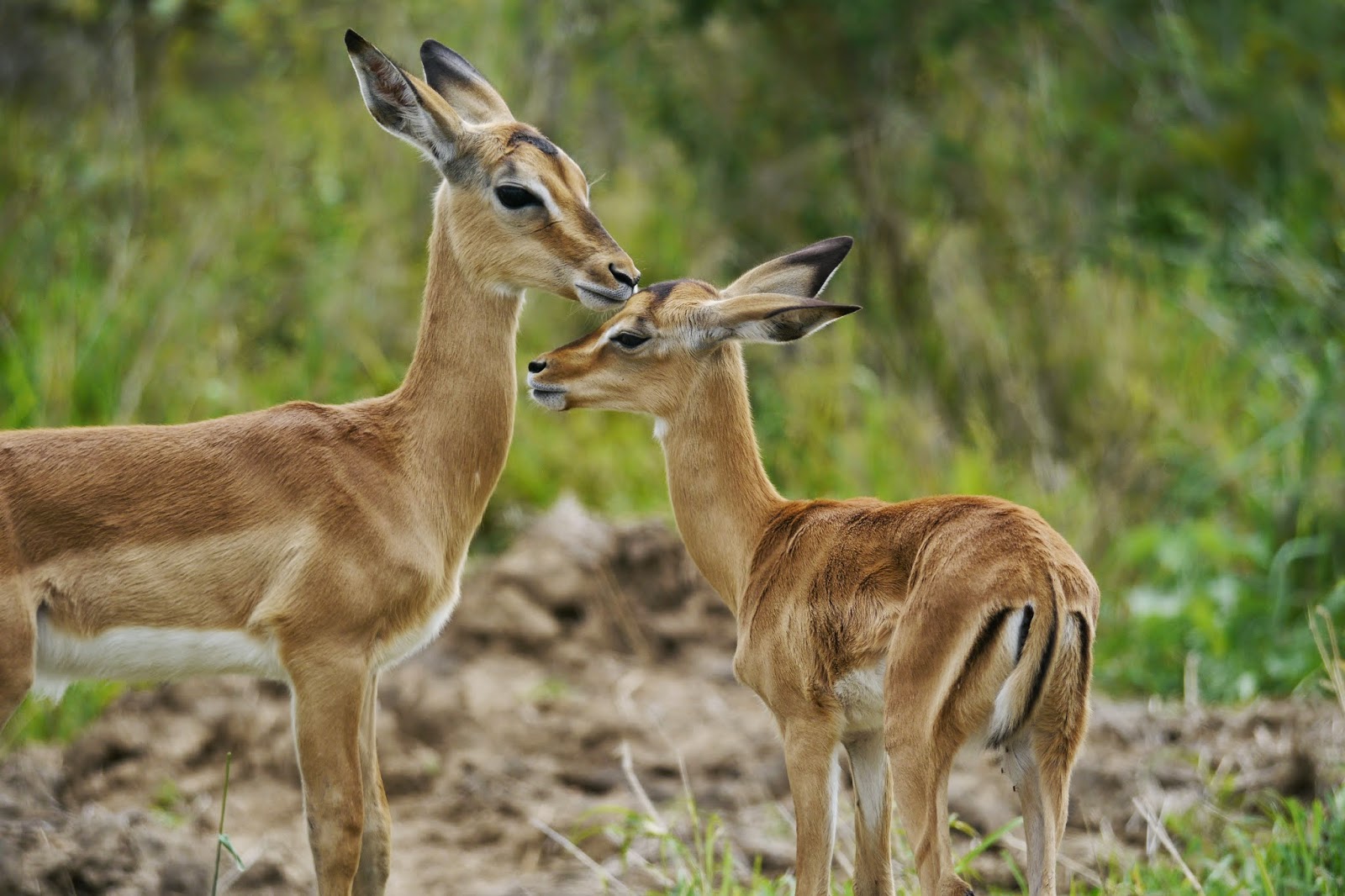
A Self-Guided Safari in Kruger National Park
While safari-going may rank toward the top of things to do on a trip to Africa, I admit that prior to setting foot on the continent, animal viewing fell somewhere near the bottom of my travel list. After all, I’d been to plenty of zoos in my life and seen many of Africa’s prized animals up close in captivity. How different could it be to see these animals in the wild, I wondered?
My first encounter with Africa’s animals in the wild came during a month-long adventure through Botswana, Zimbabwe, Zambia and Malawi with some of my WorldTeach friends. I vividly remember the exhilaration I felt during our outing in the Okavango Delta, when we found ourselves face-to-face with dozens of elephants, giraffes and wildebeest. It didn’t take long for me to realize that my trips to zoos growing up were in no way comparable to visiting a wildlife reserve.
I visited numerous parks throughout my time in Africa and soon discovered that, just as seeing animals in zoos cannot be compared to witnessing their interactions in the wild, so too was it difficult to equate my experience in one park with my experience in another. Each has its own unique species and ecosystems. Each brings its own set of adventures.
With this in mind, I decided to include three game parks into my South Africa itinerary with Dan. I wanted him to experience the thrill of seeing animals in their natural habitat, as well as the diversity of wildlife that can be seen in the different parks throughout the continent. We kicked off our wildlife viewing adventures with a self-guided safari in Kruger National Park.
South Africa’s Kruger National Park consistently ranks atop the list of Africa’s most impressive game parks. It is one of the world’s biggest wildlife reserves and houses more species of big game than any other park in Africa. Due to the sheer magnitude of species in the reserve, Kruger has often been deemed the crown jewel on South Africa. For a country with rugged natural scenery, plentiful wildlife parks, ecological diversity and world-class cities, such a distinction certainly means a lot.
Unfortunately, Dan and I visited Kruger at the height of the rainy season, when trees were in full bloom and the dense vegetation made it difficult to spot animals. Aside from the thousands of impala that we spotted throughout the park, we would sometimes drive hours before spotting a solitary elephant, a group of giraffes or a zebra herd. Driving around the park for two days with such sparse sightings could be frustrating at times, but I soon realized that the beauty of our experience lay in the quality of our sightings rather than the quantity.
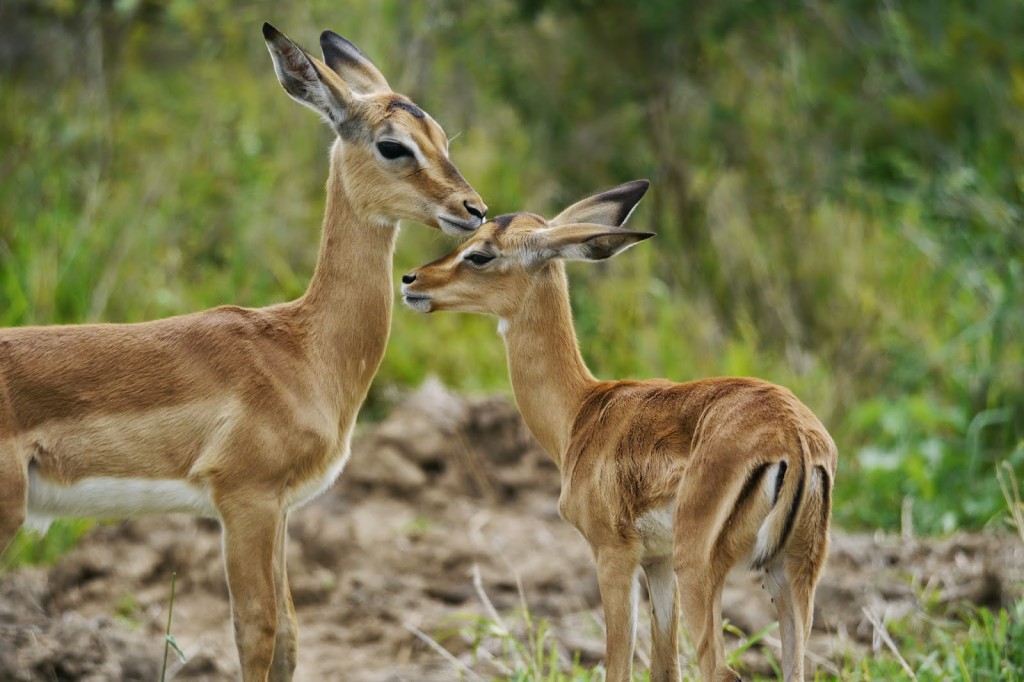
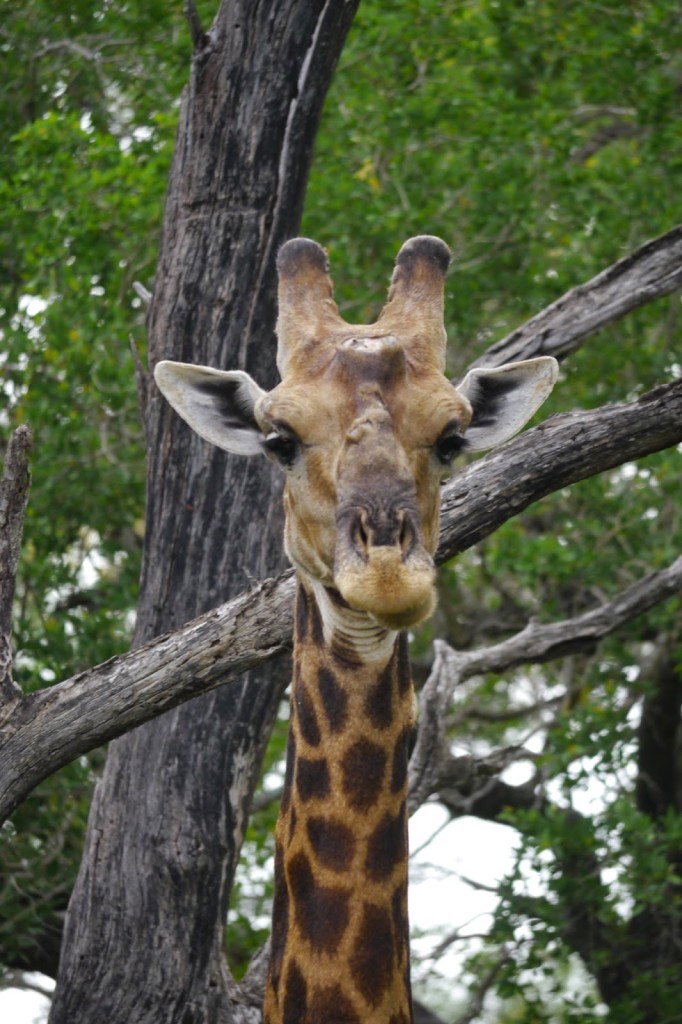
Sometimes, our lack of big game sightings would cause us to become complacent in the car. I would get tired of pointing out lions and giraffes, only to realize a few minutes later that the shapes I was seeing were merely branches or tree stumps.
It was just at those moments that we would have some of our most impressive and exciting wildlife encounters.
One of the most memorable experiences during our self-guided safari happened toward the end of our first day in the park, when we were experiencing a significant drought in animal sightings. We had followed the roads through dense thickets of vegetation for a while and crossed countless rivers and swamps without spotting much more than the occasional impala or zebra.
Eventually, Dan and I grew distracted and took our eyes largely off the road when, all of a sudden, we hit a large pothole, slammed on the brakes and found ourselves being sized up by a furious rhino that had been enjoying a solitary mud bath until we invaded its privacy.
For a moment, we panicked. I felt completely vulnerable in our little rented Fiat 500 and knew very well that our tiny vehicle stood a poor chance of escaping the wrath of a charging rhino. I looked at Dan and his eyes told me that he had felt the same momentary jolt of panic.
We turned off the car engine and sat in silence, trying our best to remain motionless and calm. To our relief, the rhino grew disinterested in us and eventually waddled away from the waterhole, disappearing through the thicket of trees.
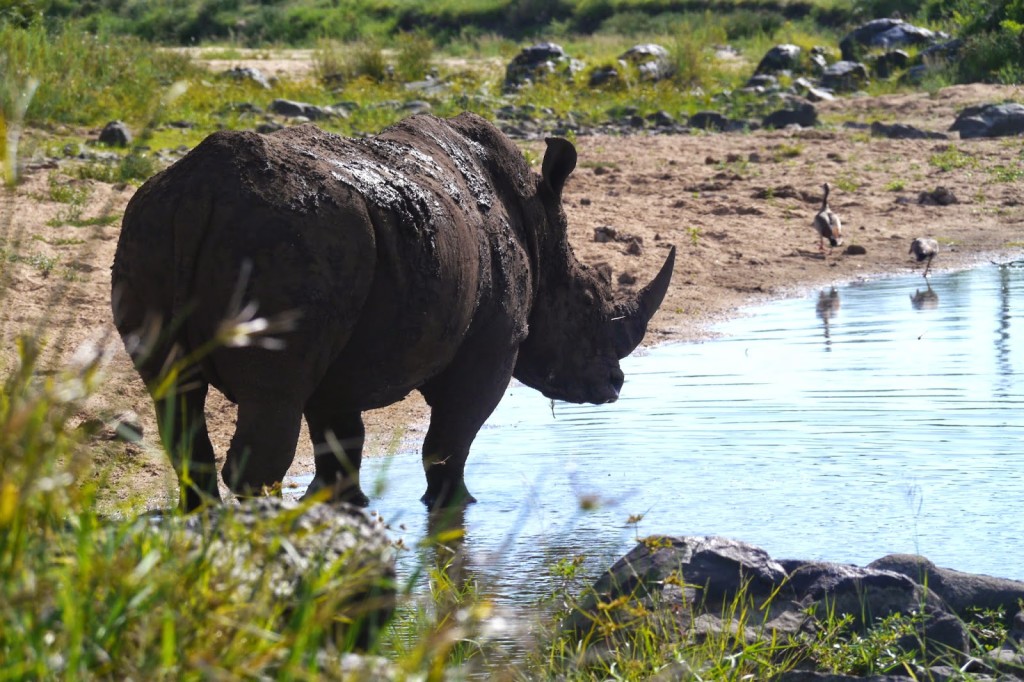
That evening, Dan and I decided to sign up for a guided night drive in order to try our luck at spotting some nocturnal animals. Considering the sparse sightings we had seen earlier in the day and the fact that we were prohibited from driving ourselves around the park at night, we figured a ride around the reserve with the well-trained eyes of a guide might boost our chances of finding the elusive animals.
During the night drive, our guide pointed out many nocturnal animals. At one point, just as he was in the middle of explaining the diet of scrub hares, he received a page on his walkie-talkie and began talking loudly and at length with a co-worker. The passengers in our vehicle began growing restless and glancing at their watches when, all of a sudden, our driver zoomed off down an empty road and called out “leopard!”
And there we saw it. The prize of nearly all African safaris, slinking along the road in search of prey. We followed the beautiful cat down the road for a few minutes until it slunk behind a bush and disappeared from sight.
I fumbled with my camera settings in order to capture the leopard in the darkness, but had very little luck due to the lack of light and the fact that I didn’t bring a tripod. In the end, I put my camera away and decided to admire the majestic animal without the obstruction of a lens.
Spotting the leopard was a perfect way to cap our first day in Kruger and refueled our excitement for another day of wildlife viewing.
The next morning, Dan and I woke up at the crack of dawn in order to maximize our day inside the park. We expected another day in which we would have to drive long distances before spotting animals but, to our surprise, luck struck immediately. As soon as we turned the bend away from Skukuza camp, we spotted a family of six hyenas (including four cubs) along the side of the road. The hyenas were so close that I could have practically reached my hand out and touched them.
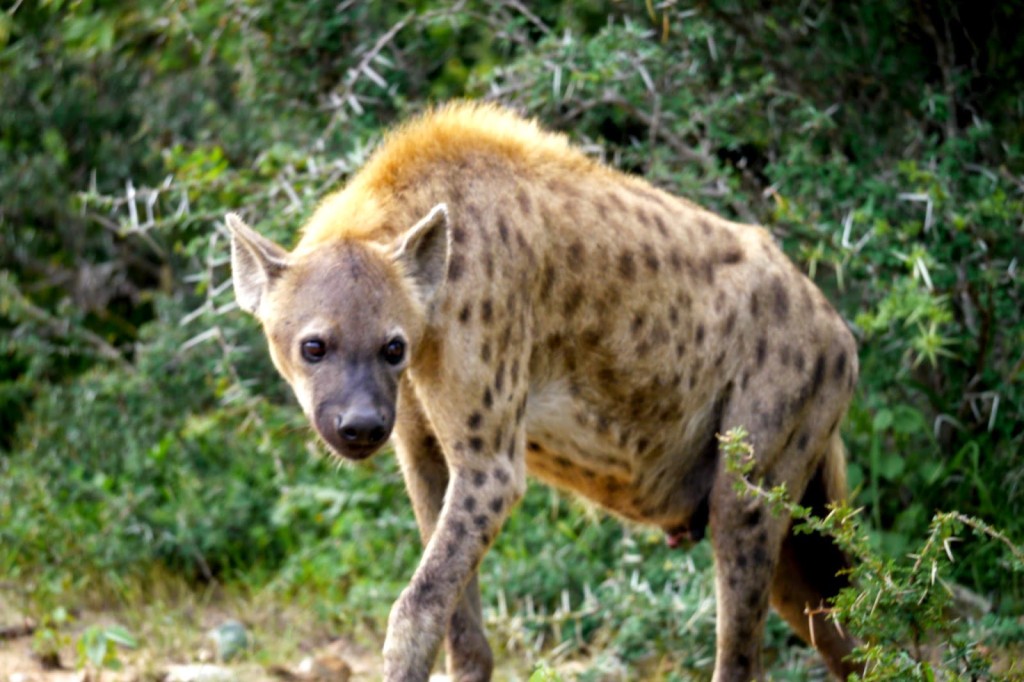
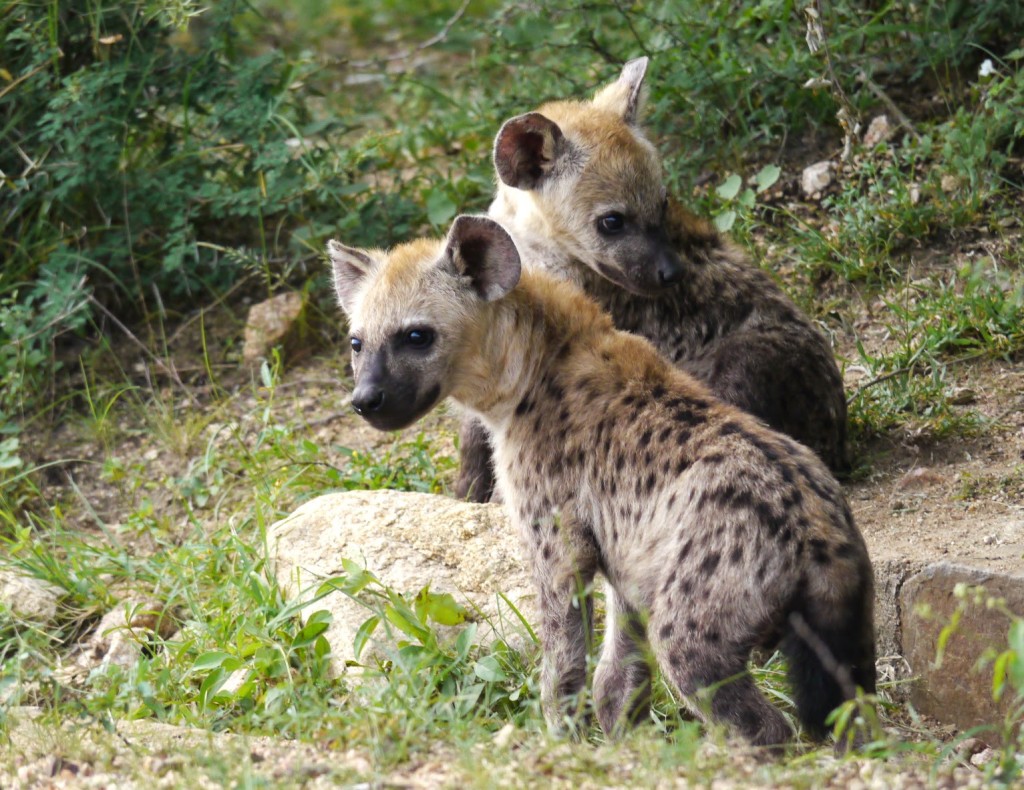
Despite the bad rap that hyenas often receive, they really can be quite charming. The playful babies were so adorable that I would have been tempted to hug them, had I not known any better.
For the rest of the afternoon, until the park closure at six, Dan and I wandered along the park’s roads, pointing out animals here and there. We rounded out our sightings of the Big 5 with a glimpse of two lionesses that were well camouflaged in the tall golden grasses and saw a variety of other animals along the way, including baboons, birds species and dozens of antelope.
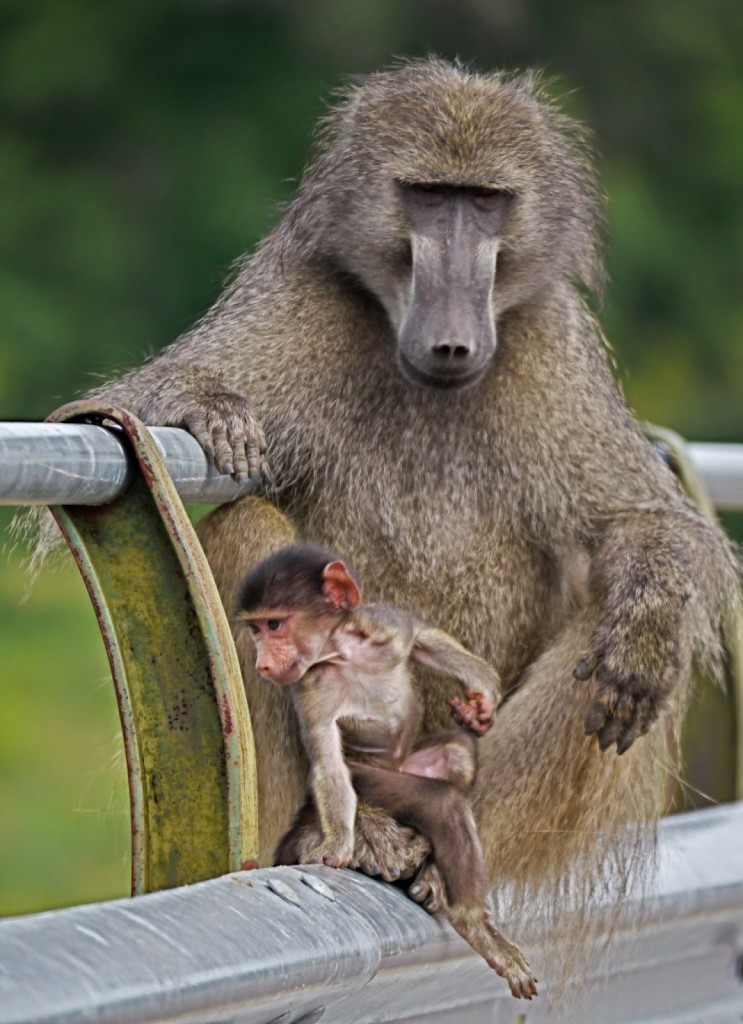
We may have visited at the wrong time of year, but Dan and I had a wonderful experience during our self-guided safari nonetheless. Whenever I became complacent or discouraged due to our lack of animal sightings, the park would surprise me with some of my best wildlife encounters to date. Over the course of our sojourn in the park, we saw not only the Big 5, but also a wide array of plains species and predators indigenous to the park.
As we said our final goodbyes to Kruger, we headed down the highway toward the tiny landlocked Kingdom of Swaziland. Visiting Kruger fueled my excitement for our upcoming visit to Hlane Royal National Park in Swaziland and confirmed what I had come to learn all along–that going to zoos simply isn’t a substitute for a safari and that, no matter how many days I spend adventuring through the continent’s game reserves, spotting animals in their natural habitats never gets old.
***
Note: Johannesburg’s International Airport is the gateway to Kruger National Park. Travelers to the Cape Town area who wish to see animals in their natural habitat, may want to consider visiting the Gondwana Game Reserve near the town of George.
